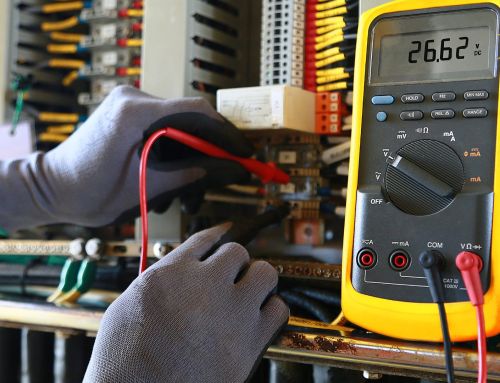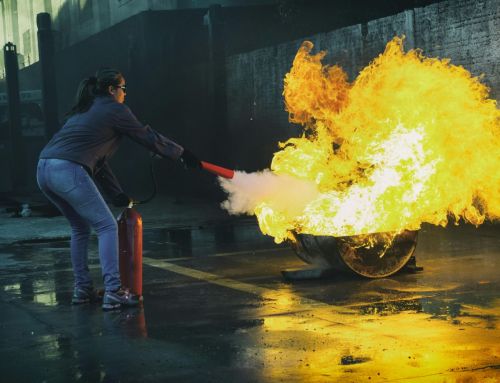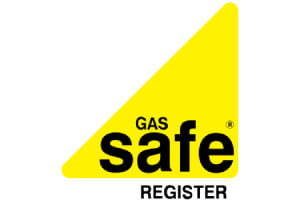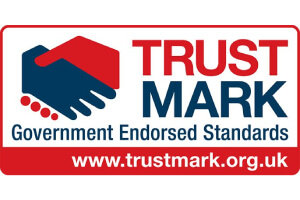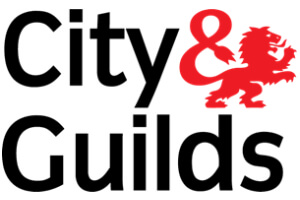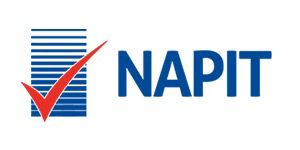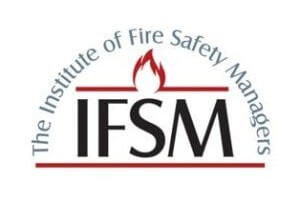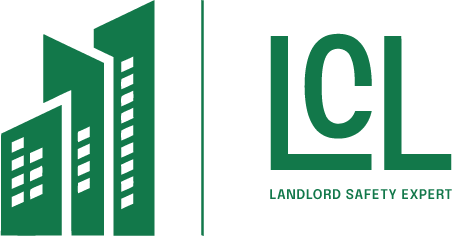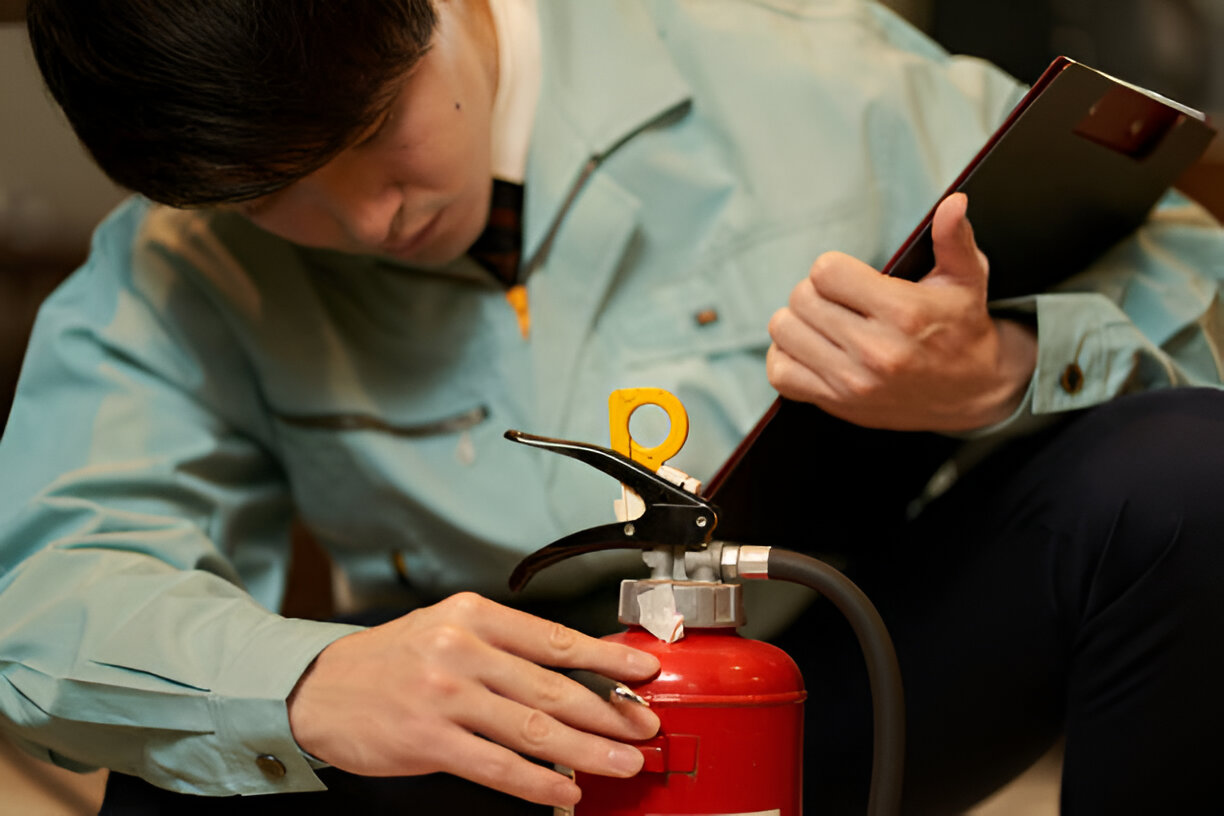
Fire risk assessments are essential for ensuring safety in non-domestic premises across the UK. While legally required, many property owners are unsure of their responsibilities. Understanding the details of these Fire Risk Assessment Requirement and regulations is fundamental for ensuring compliance and protecting occupants. As fire safety complexities increase, it becomes increasingly important to establish clear responsibility and determine the frequency of assessments.
Key Takeaways
- Fire risk assessments are mandated for all non-domestic premises under the Regulatory Reform (Fire Safety) Order 2005 to protect lives and property.
- The individual in charge of the premises must carry out these assessments and ensure they meet fire safety standards.
- Annual assessments are usually necessary, and a re-evaluation must be conducted promptly after any significant modifications to the building or changes in occupancy.
- Common mistakes often involve overlooking key stakeholders and not regularly updating assessments, which can frequently result in legal issues.
- Qualified fire risk assessors should possess relevant credentials and experience to provide assessments tailored to the unique needs of each building.
Why Fire Risk Assessments Are Legally Required
They are essential for ensuring the safety of people in various environments, including workplaces and public buildings.
According to the Regulatory Reform (Fire Safety) Order 2005, all non-domestic premises are required to conduct a thorough fire risk assessment. This obligation is designed to identify insecure situations, assess risks, and implement suitable safety precautions.

Assessments help safeguard lives and property by reducing the risk of fires and their severe consequences. Through systematic fire risk analysis, organisations can develop effective prevention measures, implement appropriate emergency plans, and ensure compliance with safety standards.
Failing to carry out these assessments can result in legal consequences, including fines and, more importantly, risking human lives. Ultimately, fire risk assessments are an essential part of a comprehensive fire safety plan in the UK.
Who Is Responsible for Meeting the Fire Risk Assessment Requirement?
The responsibility for fulfilling the fire risk assessment requirement mainly lies with the person in charge of the premises. This could be the owner, employer, or appointed manager who handles daily operations. Their primary responsibility is to ensure that a thorough fire risk assessment is conducted, identifying fire hazards and assessing risks to occupants.
The responsible individual must be appropriately trained and well-versed in fire safety regulations and procedures. In larger organisations, this duty might be assigned to a qualified fire safety officer, but ultimate responsibility stays with the person in charge.
Failing to meet fire risk assessment requirements can result in severe legal penalties, including fines and potential imprisonment. Therefore, the responsible person must prioritise fire safety and regularly review and update the fire risk assessment to account for any changes in the premises or occupancy.
Which Properties Must Comply with Fire Risk Assessment Regulations?
All properties used for commercial activities, such as offices, shops, factories, and warehouses, must adhere to fire risk assessment requirements. This rule applies to any establishment that employs staff or serves the public, including restaurants, hotels, and entertainment venues.
Furthermore, residential properties that house multiple occupants, like apartment blocks, are also covered by these regulations to ensure the safety of all residents.
The regulations are applicable whether the property is owned or rented, highlighting the importance of fire safety in all commercial environments.
Property owners and managers must perform comprehensive evaluations to detect possible fire risks and implement measures to reduce risks.
Compliance protects individuals and ensures adherence to legal requirements, helping to prevent significant financial and reputational damage.
Grasping these requirements is essential for creating a secure environment in any business setting.
How Frequently Should a Fire Risk Assessment Be Conducted?
Performing regular fire risk assessments is essential for upholding safety standards in properties regulated by fire laws. The frequency of these assessments may vary depending on several factors, including the type of property, its usage, and any changes in circumstances.
Generally, a comprehensive fire risk assessment should be carried out at least once a year. However, significant changes to the building, such as renovations, alterations in occupancy, or the installation of new equipment, may require an immediate re-evaluation of the building’s classification.
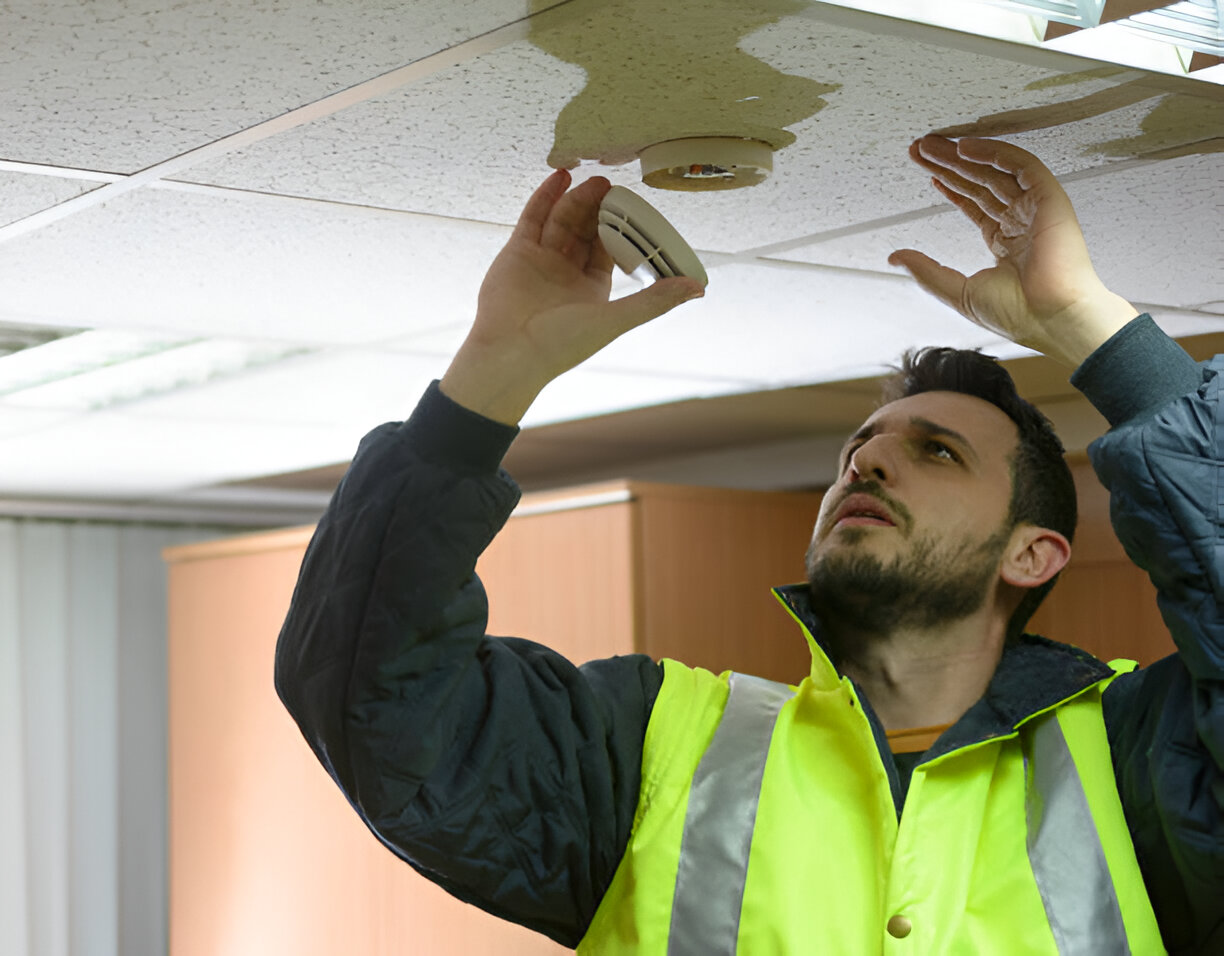
Additionally, properties that house vulnerable individuals or high-value assets may need more frequent assessments to ensure proper safety measures are implemented.
It is also recommended to review the assessment regularly, even if formal evaluations are not due, to spot any emerging risks that might require attention.
Ultimately, maintaining continuous awareness of fire safety is vital for safeguarding lives and property; timely assessments are an integral part of fire safety management.
Essential Components of a Regulatory Fire Risk Assessment
When conducting a fire risk assessment, it is essential to thoroughly address key elements to comply with UK fire safety laws. These include recognising fire danger hazards, assessing the risks linked to them, and applying suitable control measures. Furthermore, documenting the findings and providing fire safety training for all staff members are essential steps.
The following table summarises these critical components:
| Key Element | Description | Importance |
|---|---|---|
| Spotting fire danger | Determine potential sources of fire | Prevents ignition and spread |
| Evaluate Risks | Assess the likelihood and impact | Informs safety measures |
| Implement Controls | Establish procedures and training | Enhances overall safety |
How to Ensure You’re Meeting Every Fire Risk Assessment Requirement
To meet fire risk assessment requirements, organisations should implement a structured approach that covers all applicable regulations and best practices. This ensures a comprehensive understanding of unsecure situations and helps in effectively reducing potential dangers.
Key steps to consider include:
- Conducting Regular Assessments: Conduct regular reviews to detect emerging risks and evolving situations.
- Engaging Staff Training: Ensure all staff are trained in fire safety procedures and emergency response.
- Documenting Findings: Keep precise records of assessments, actions undertaken, and follow-up steps.
- Implementing Control Measures: Implement fire prevention measures, such as adequate signage and unobstructed access routes.
- Reviewing and Updating Policies: Regularly review fire safety policies to ensure they align with current legislation and best practices.
Hiring a Competent Fire Risk Assessor: What to Look For
How can one guarantee that a fire risk assessor is truly competent? Selecting a qualified assessor is vital for effective fire risk management. Key attributes to consider include relevant qualifications, experience in the specific sector, and a thorough understanding of fire safety legislation.
| Criteria | Description | Importance |
|---|---|---|
| Relevant Qualifications | Look for certifications such as NEBOSH or its equivalent. | Provides foundational knowledge. |
| Sector Experience | Assessors should have prior experience in similar environments. | Familiarity with specific risks. |
| Knowledge of Regulations | They must be well-versed in current fire safety laws. | Compliance with legal requirements. |
Landlord safety certification provides the most dependable service, backed by expert engineers throughout London.
Fire Safety Tips That Go Beyond the Basic Requirements
While basic fire safety requirements are integral for compliance, implementing additional proactive measures can significantly improve overall safety.
Both organisations and individuals can gain from adopting these additional strategies, which help safeguard property and save lives.
- Carry out regular fire drills to ensure everyone is familiar with the evacuation plan.
- Install smoke alarms in essential areas and check them monthly.
- Keep fire exits clear and unobstructed.
- Offer fire safety training to staff, focusing on how to use fire extinguishers.
- Develop a fire safety plan customised to the particular requirements of the building.
Frequently Asked Questions
What Are the Costs Associated with Conducting a Fire Risk Assessment?
The costs involved in conducting a fire risk assessment can vary significantly depending on several factors.
These factors encompass the size and complexity of the premises, the required level of detail, and the assessor’s expertise.
Typically, assessments can range from a few hundred to several thousand pounds.
Additional costs may arise from implementing recommended safety measures, which can further impact the overall financial commitment required for comprehensive fire risk management.
Can Fire Risk Assessments Be Conducted In-House?
Fire risk assessments can indeed be carried out in-house, provided that staff have sufficient training and a thorough understanding of fire safety regulations.
Organisations may choose this approach to reduce costs or ensure customised assessments. However, it is crucial to recognise that in-house assessments demand a comprehensive understanding of unsafe conditions and compliance standards.
Engaging external professionals can provide a more thorough assessment, especially for complex facilities or larger organisations that lack internal expertise.
What Qualifications Should Fire Risk Assessors Possess?
Fire risk assessors should have appropriate qualifications to ensure effective evaluations.
Usually, they should have finished accredited fire safety and risk assessment courses, which are often recognised by professional bodies. Experience in fire safety management or engineering is beneficial.
Assessors may find certifications, such as the NEBOSH Fire Safety Certificate, advantageous. Continuous professional development is primary, as it helps assessors stay updated on changes in regulations and best practices in fire safety.
Are There Specific Industries with Additional Fire Risk Assessment Requirements?
Specific industries, such as healthcare, education, and hospitality, often face additional fire risk assessment requirements due to the unique risks and vulnerabilities inherent in these settings.
For example, healthcare settings must consider the needs of patients with mobility challenges, while educational institutions must accommodate large groups of children.
Regulatory bodies might require stricter guidelines to ensure safety, resulting in customised fire risk assessments that target particular operational dangers and occupancy features.
How Can Employees Contribute to Fire Safety Beyond Assessments?
Employees can significantly enhance fire safety by actively participating in training sessions, reporting unsafe conditions, and maintaining clear evacuation routes.
They should familiarise themselves with fire safety equipment and protocols, fostering a culture of vigilance. Participating in regular drills helps build preparedness and ensures that everyone understands their roles in emergencies.
Employees can also raise fire risk awareness among their coworkers, thereby fostering a proactive and safety-focused work environment.
Conclusion
To summarise, following fire risk assessment requirements is essential for ensuring the safety of occupants and safeguarding property in the UK. By understanding legal obligations, identifying responsible parties, and conducting regular assessments, property owners can effectively minimise fire danger. Engaging a qualified fire risk assessor and implementing additional fire safety measures further improves protection. Ultimately, a proactive approach to fire safety not only meets legal requirements but also promotes safety within the community.
About the Author: LandlordCertificate
Related Posts
Get Social
Recent Posts
- Fire Risk Assessment Review as a Driver of Stronger Safety Control
- Comprehensive EICR London Services for Every Property
- System Planning for Large Buildings with Fire Alarm Installation
- Fire Service Fire Risk Assessment for Stronger Safety Management
- Electrical Risk Clarity Improved Through an EICR Report


